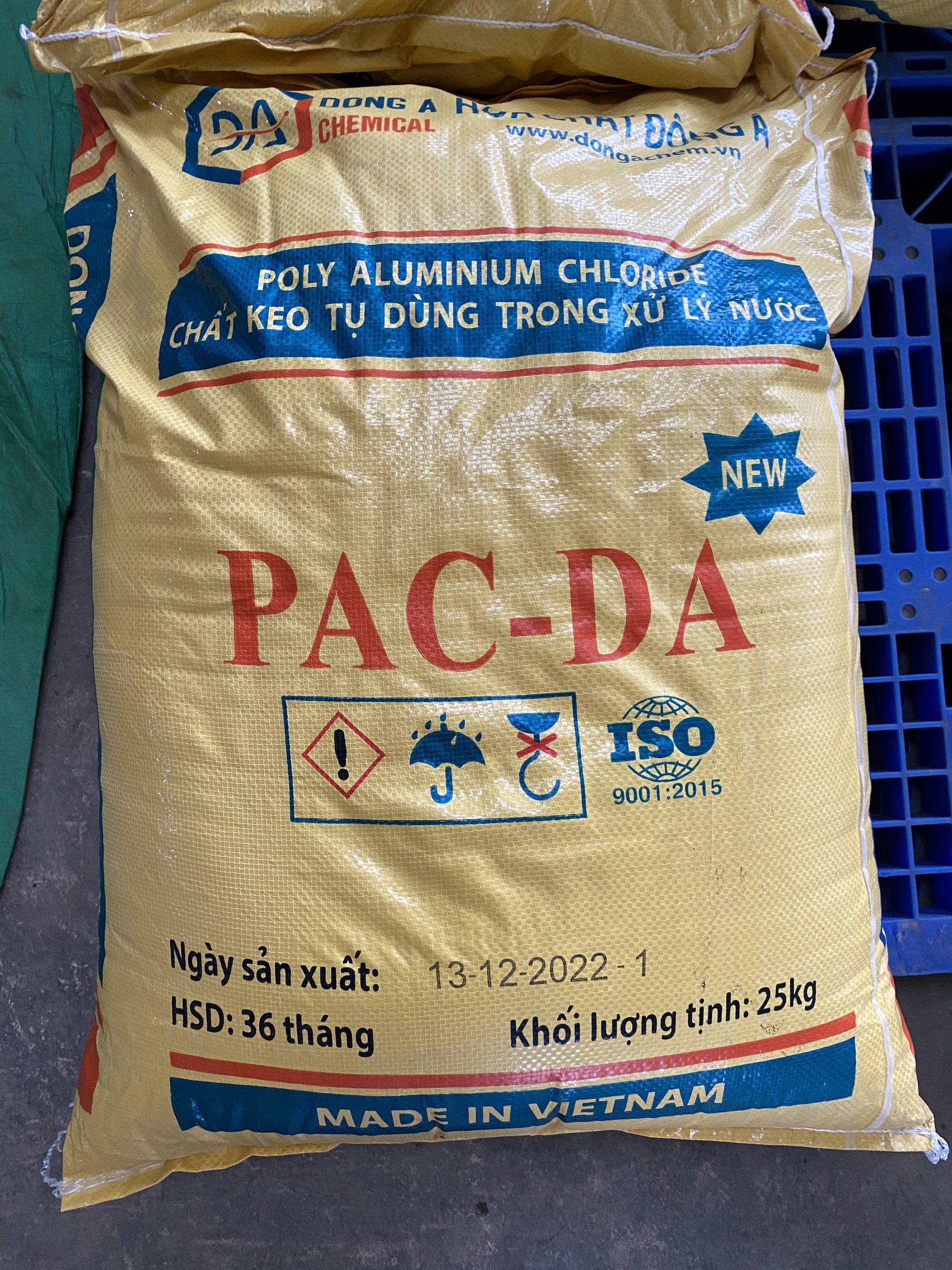You may credit water treatment chemicals for the way in which your water is filtered. Water is cleaned of contaminants and made safe for use by adding these chemicals. Various processes, including settling, filtration, and disinfection, are included in the water treatment process. The chemicals that are most frequently used for water treatment will be discussed in this article.
Introduce
We must have access to clean and safe drinking water since it is vital to our survival. In order to purify water, water treatment facilities use physical, chemical, and biological processes. Because they aid in the removal of impurities and the disinfection of water, chemicals are crucial to the process of treating water. To avoid any negative impacts on human health and the environment, it is crucial to utilize the proper chemicals in the right proportions.
The most typical water treatment chemicals used in purification are listed below:
1. Chlorine
The most often employed disinfectant in water treatment facilities is chlorine. To eliminate bacteria, viruses, and other dangerous organisms, it is added to water. Pathogens can be eliminated by chlorination, which also renders water safe for consumption. However, chlorine overexposure can be unhealthy for us and irritate our skin and eyes.
2. Poly Aluminum Chloride
The coagulation step of water treatment employs PAC. By causing smaller particles to group together and generate bigger ones, it aids in the removal of pollutants and suspended particles from water. The removal of larger particles is subsequently accomplished by filtering and sedimentation.

3. Sodium hypochlorite
In water treatment facilities, sodium hypochlorite is another disinfectant. Its strong oxidizing properties eliminate viruses and germs from the water. To prevent any negative impacts on the flavor and aroma of the water, sodium hypochlorite is added sparingly.
4. Sodium carbonate (soda ash)
Acidic water's pH is raised during water treatment using sodium carbonate. Acidic water is less corrosive to pipes and fittings as a result of helping to neutralize the acid. To get rid of water-hardening minerals, sodium carbonate is also utilized in the softening process.
5. Lime calcium oxide
Process water is softened using lime. It interacts with the water's hardening minerals and precipitates them, making them simpler to remove. Lime is also used to increase the pH of acidic water and lessen corrosion in pipes and fittings.
6. Activated carbon
To remove organic substances like pesticides, herbicides, and industrial pollutants from water, activated carbon is utilized. It is a very porous substance that aids in absorbing contaminants from the water. To enhance the flavor of water, activated carbon is frequently employed in the final step of water treatment procedures.
7. Hydrogen Peroxide
As an oxidizing agent, hydrogen peroxide is utilized in the treatment of water. Iron and manganese, which may colour water and provide a disagreeable taste and odor, are removed with this method. Additionally useful for cleaning water and getting rid of organic substances is hydrogen peroxide.
8. Sodium Bisulfite
When treating water, sodium bisulfite is used to get rid of extra chlorine. As a reducing agent, it aids in the neutralization of chlorine and guards against any damaging effects on the water's flavor. Prior to being released into the environment, water is dechlorinated using sodium bisulfite.